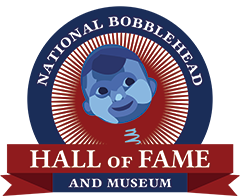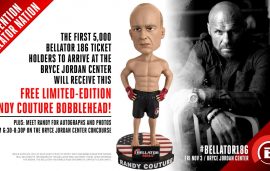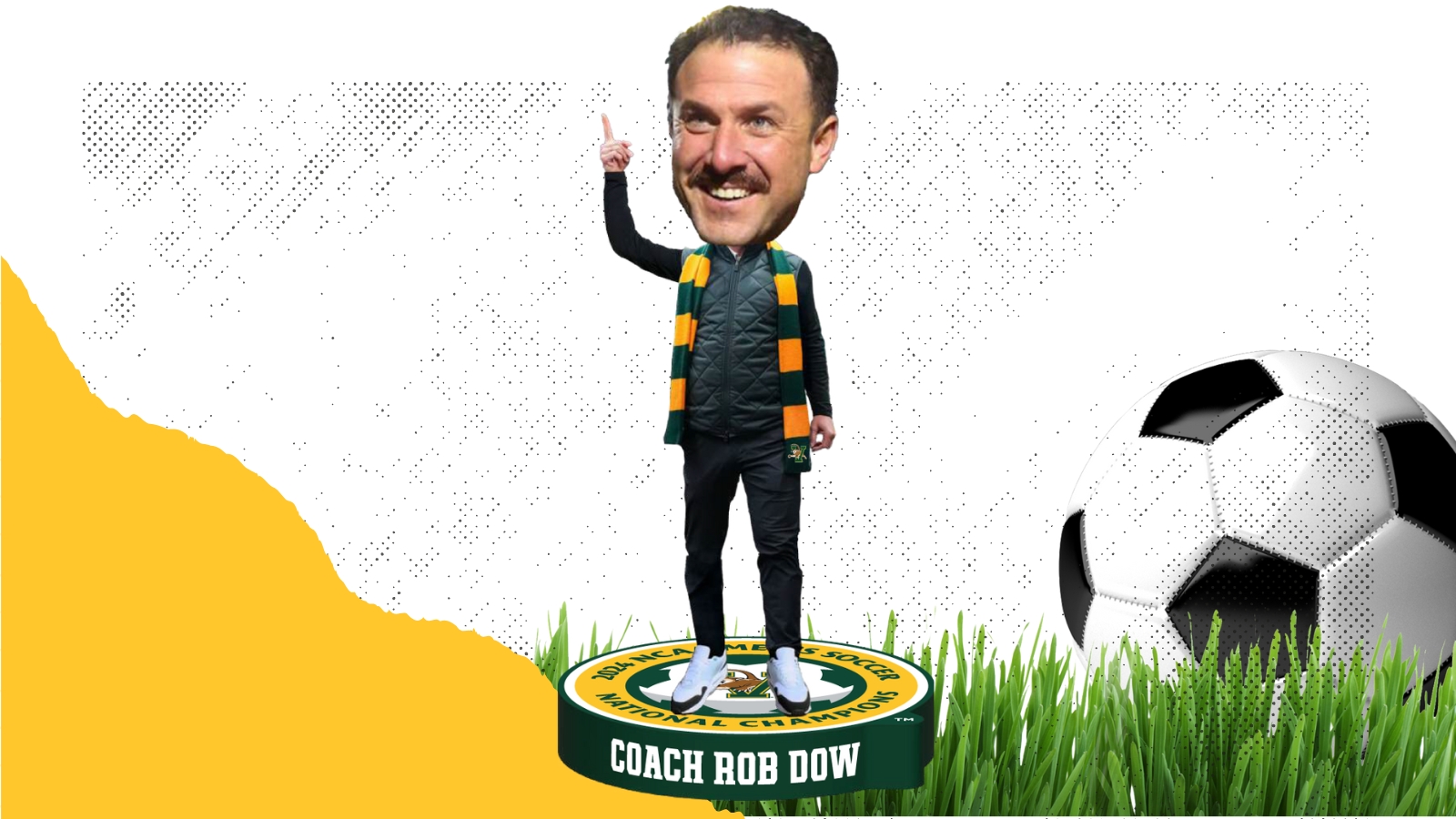
Giants, Willie Mays spurred bobblehead collectible craze By PHIL BARBER
Maybe he had grown introspective. Perhaps he was just bored. But as he sat with the rest of the Giants marketing team and brainstormed stadium giveaways, Mario Alioto’s thoughts wandered to his childhood home in San Francisco. His mind drifted into his old bedroom, where it found the shelves above his desk. There, on the top shelf, his imagination came to rest on a figurine. Alioto focused on the small, round-headed character, and it nodded to him. It nodded and nodded, as if to affirm the brilliance of his idea.
“Maybe we should do a bobblehead promotion,” Alioto remembers saying to Valerie McGuire, then the Giants’ promotions director.
This was 1999, and there was no way for Alioto to understand what he was about to unleash with a commemorative Willie Mays bobblehead. The past 17 years have brought a smiling tidal wave of the toys, a goofy procession that has included Barry Bonds and Jason Giambi, Mike Krukow and Duane Kuiper, Edgar Allan Poe and Jack Kerouac, jockey Laffit Pincay and jai alai player Benny Bueno, presidents, cartoon characters, Supreme Court justices and team mascots.
“I was in Rome a few years back. I’m in front of the Vatican and they’re selling bobbleheads of the pope,” Alioto said by phone recently. “That’s when I knew we had a winner.”
Bobbleheads are also known as nodders or wobblers, and they are a surprisingly deep-rooted art form. Johann Zoffany’s 1765 portrait of Queen Charlotte of England in her Buckingham Palace dressing room depicts two nodders in the background; Charlotte was married to George III, who lost the colonies of America, and it seems plausible that those strange bobbleheads contributed to his temporary insanity.
Through the years, traditional versions have been made in China, Germany and Tamil Nadu, in southern India. The Russian writer Nikolai Gogol referenced bobblehead dolls in his 1842 short story “The Overcoat,” describing his main character as having a neck “like the neck of plaster cats which wag their heads.”
But the craft found its soulmate in 1960, when Major League Baseball created generic papier-mache and ceramic bobbleheads representing its 16 teams. That same year also witnessed the first player-specific bobbleheads: Mickey Mantle, Roberto Clemente, Roger Maris and, yes, Willie Mays. One minor flaw: Each had the same face.
The collectibles thrived throughout the ’60s, as exemplified by the four-piece Beatles “BOBB’N HEAD” set produced in 1964, then lost steam, experienced a resurgence in the 1980s, and all but disappeared again in the 1990s. Until Willie Mays announced their return.
The Giants, playing their final season in Candlestick Park in 1999, wanted a nostalgic giveaway to commemorate the wind tunnel they were about to abandon for the modern dockside stadium now known as AT&T Park. Alioto’s suggestion was greeted with skepticism. Bobbleheads were relics that collected dust in cubicles. Wouldn’t beanie babies be more appropriate?
Alioto’s faith was not immediately rewarded.
“We called a vendor or supplier of ours. He came in and we explained what we were thinking, and he didn’t know what a bobblehead was,” said Alioto, who started as a Giants bat boy in 1973 and is now the team’s executive vice president of business operations. “They delivered a prototype in a display case, and it was the exact opposite of what we were looking for. It had a skinny head and a big body. We said no, we need a big head bobbing on a smaller body.”
The supplier, Alexander Global Promotions, worked out the kinks. And on May 9, 1999, the club handed out Willie Mays bobbleheads to the first 20,000 visitors at Candlestick.
“I remember the day we gave it away, we knew we had something special,” Alioto said. “Fans responded differently because it had weight to it. It came in a box and it had some weight.”
It didn’t take long for other sports entities to follow suit.
“Teams watch to see what works,” said Phil Sklar, who along with childhood friend Brad Novak is searching for permanent space for the National Bobblehead Hall of Fame and Museum in Milwaukee. “So when other teams saw how well the bobbleheads promotion went, they started giving them away. The Timberwolves were one of the first basketball teams to do it. Then the minor leagues (of baseball) jumped on board, and hockey.”
And everyone else. The Warriors will mark their first home preseason game, against the Los Angeles Clippers on Oct. 4, with Stephen Curry Two-Time MVP Bobblehead Night.
Over the past 17 years, bobblehead giveaways have become more diverse, and increasingly imaginative.
Some, like the Giants’ “Kruk and Kuip” nodders, come equipped with sound chips. Others, like the Miami Marlins’ “Ichiro Hit Counter,” have a spin counter in the base. The A’s celebrated their “Bernie Lean” dance in 2013 with a Coco Crisp figurine whose entire torso bobbled.
Minor league baseball teams, historically among the most fearless of promoters, have truly elevated the concept. In July of 2014, the Brooklyn Cyclones of the Short A New York-Penn League paid tribute to the “Seinfeld” series by giving the first 2,500 fans a Keith Hernandez “Magic Loogie” bobblehead, with the mustachioed former Met pointing, presumably at culprit Roger McDowell on the grassy knoll.
And in 2013, the Florence Freedom of the independent Frontier League promised a bobblehead of Lennay Kekua, the fictitious girlfriend of San Diego Chargers then-rookie Manti Te’o. It was an empty box.
Sklar and Novak, who share both a Milwaukee condominium and the dream of a permanent shrine to their several-thousand wobbling collectibles, supplement their income by brokering bobblehead giveaways. One of Sklar’s favorites was the crying “Villanova piccolo girl,” who became a celebrity, or at least a meme, during March Madness 2015.
Even the display of bobbleheads can get creative. When Miami’s MLB team opened Marlins Park in 2012, it included a bobblehead museum with 588 nodders representing every team in baseball. The illuminated case vibrated slightly, keeping the heads in perpetual motion.
There has even been controversy.
Last month, the Boston Red Sox canceled a David Ortiz talking-bobblehead promotion just hours before gates opened at Fenway Park; team president Sam Kennedy called the figurines “racially insensitive.” And in 2001, Vermont Sen. Bernie Sanders announced “some very, very serious problems” at the Smithsonian Museum of American History. Sanders had learned that the museum was selling bobbleheads of the founding fathers that were made in China.
Bobbleheads remain a throwback to a more innocent era, yet their quality has improved vastly with modern production technology. Gone are the days of generic baseball players with real names painted across the shoulders. Or even that 1999 Willie Mays trinket; does it really look like the Say Hey Kid?
“According to Willie, it doesn’t,” Alioto said. “He and I laugh about it.”


